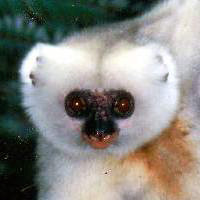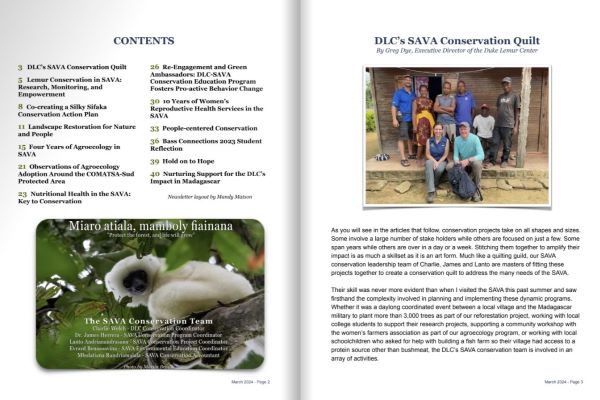A recent expedition to Makira Natural Park found a number of species that had not been seen in decades and had been presumed lost to science.
https://waterjournalistsafrica.com/2024/07/presumed-lost-species/

Makira is an extensive area of rainforest located just to the south of Marojejy and Anjanaharibe-Sud.















